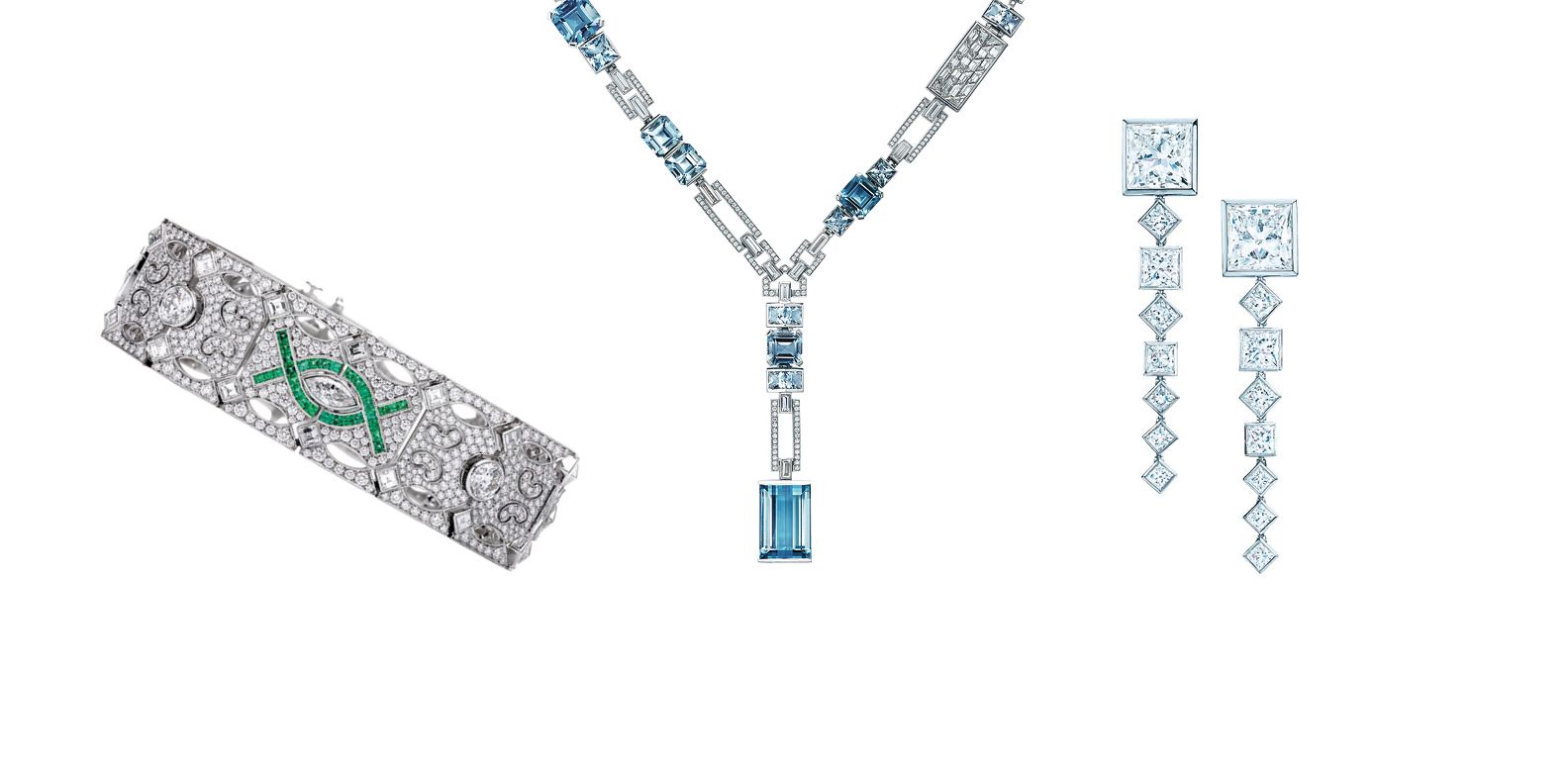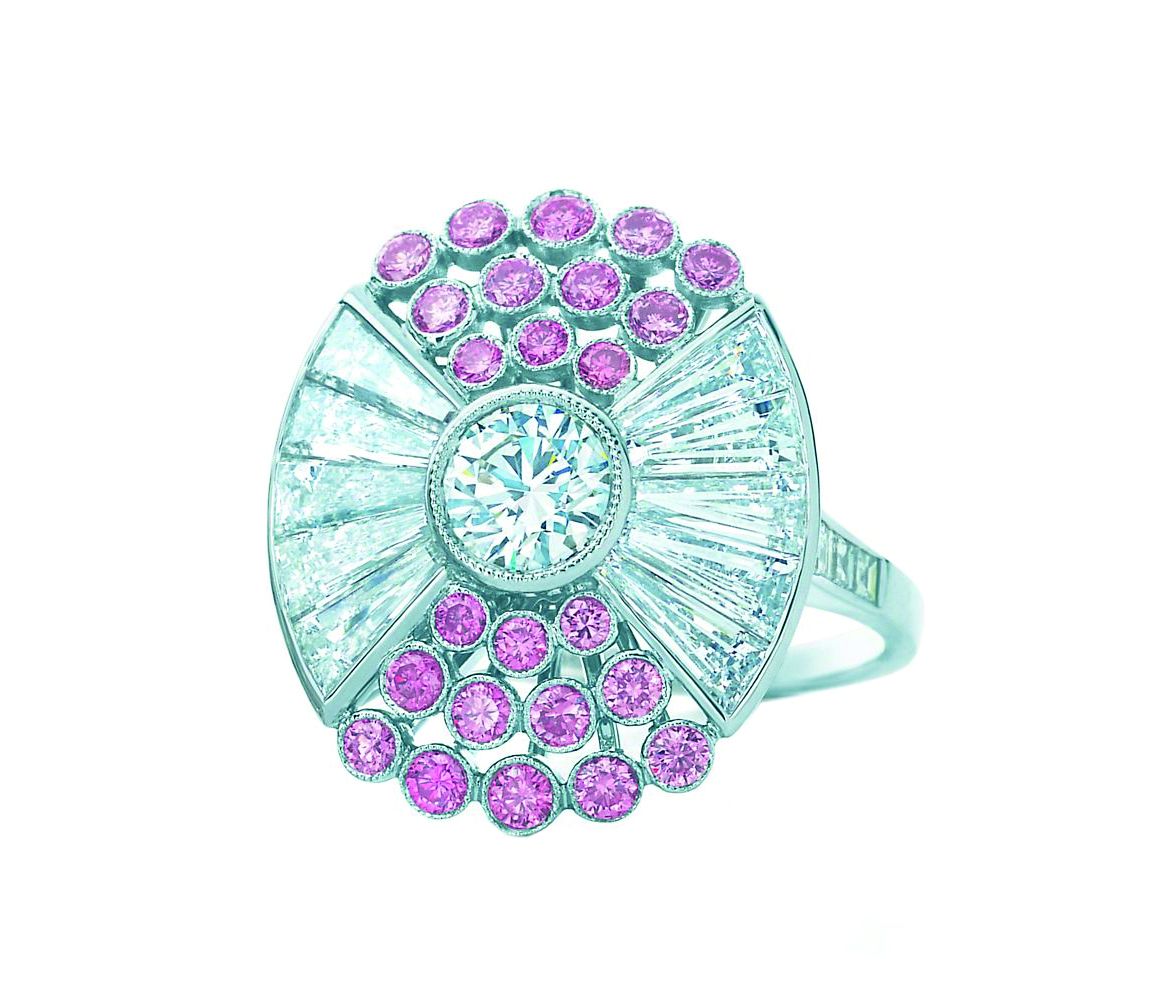Tiffany & Co’s Blue Book Collection—featuring an unprecedented assemblage of precious jewels in unexpected designs—was launched last year with a hip party in a New York warehouse, signalling a new era for the brand. Sean Fitzpatrick speaks to chief artistic officer Reed Krakoff about the brand’s edgy new direction
When I received an invitation to attend the launch of Tiffany & Co’s Blue Book Collection last year, I was flummoxed. First came a poster featuring handwritten scrawl. The only clue that it was from the storied New York luxury brand was the inclusion of strips of adhesive tape in robin’s egg blue. Next came a “formal” invitation, again in a style I’d describe as punk-luxe.
The last time I attended a Blue Book Collection, it was an opulent affair held under a giant diamond-shaped marquee erected in one of the inner courtyards of Beijing’s Forbidden City featuring hundred-strong choirs, Ming dynasty-style furniture in blue and a performance by disco legend Donna Summer.
So the punk-luxe certainly came as a surprise and it was with great curiosity that I went to New York to see where the brand was headed.
(Related: The Holidays Made by Tiffany)

Gone was the black-tie formality, the pomp and pageantry. In its place, a Chelsea warehouse whose walls were lined with chipboard and gaffer tape, while video screens played arty vignettes that explained the collection’s themes.
(Related: What Does A Tiffany Diamond Smell Like?)
A cast of the city’s glamour elite were present, Kim Kardashian West, Zoë Kravitz, Mary J Blige and the star of the hot new show The Marvelous Mrs Maisel, Rachel Brosnahan, enjoying the eclectic music selections delivered by Bob Marley’s granddaughter, Zuri Marley, whose thick, dusty blonde braids flailed as she got into her mixes. Gershwin’s Rhapsody in Blue, Tiffany & Co’s hoary old chestnut, was nowhere to be heard.




